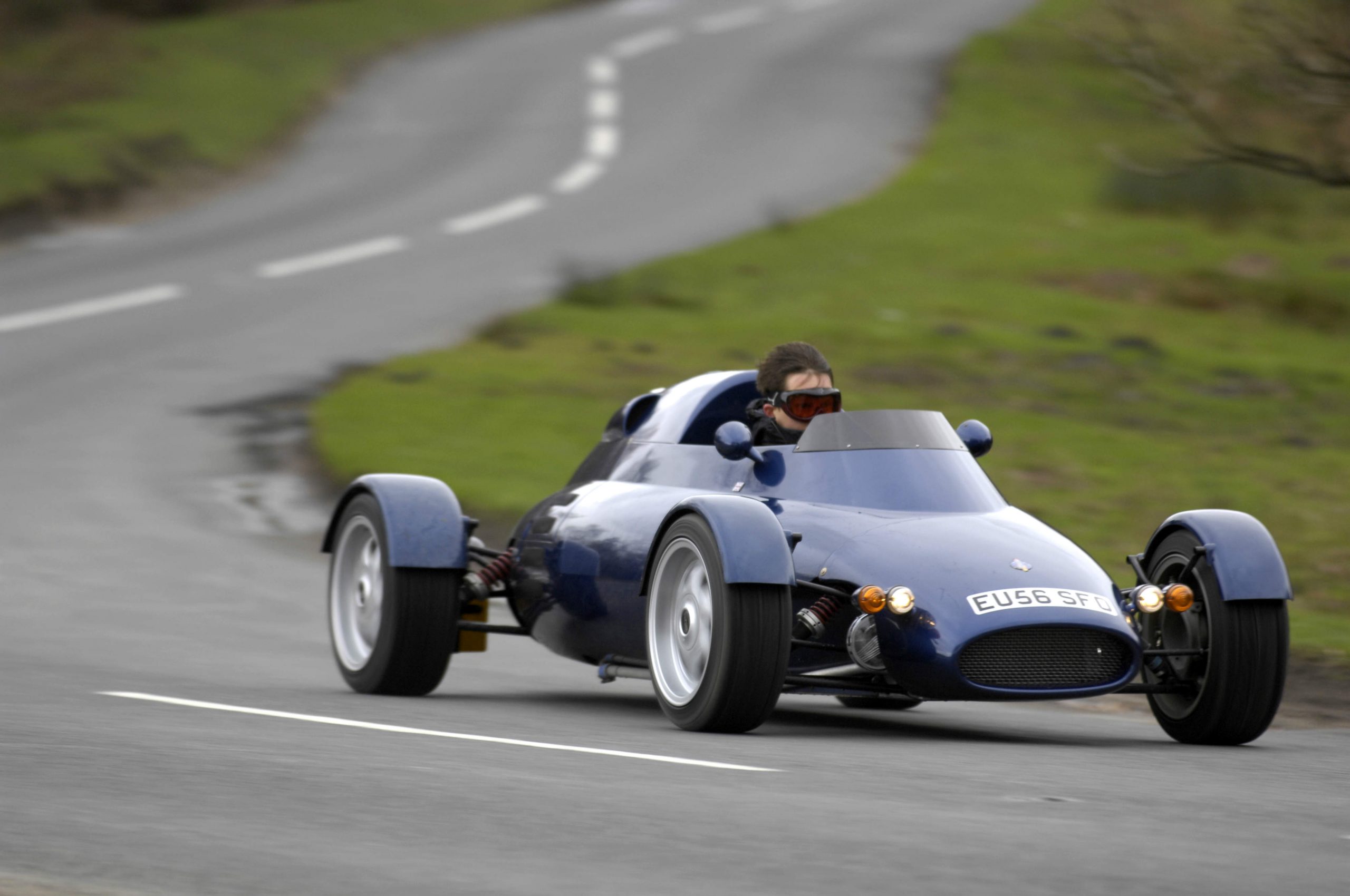The best way to describe it that I think anyone will get is in Car guys terms.
You can use steel connecting rods on your crank. But using aluminum rods is actually better FOR RACING applications. Titanium Rods instead of aluminum or steel rods in an engine also have their trade offs.
When you can't get what you need from a steel rod, you then design it in an H Beam for example. But since you want less mass, then you go to something like Aluminum that will work really well for high RPM operation, but will stretch over time*. But won't have the longevity of steel connecting rods or titanium rods in your engine.
Its kind of like a balancing act with what materials you want to use.
On paper, beryllium looks better from a numbers perspective then:
silk
aluminum
titanium
mylar
foam like poly-cell
paper
Kevlar
Spider Poop.
Vapor deposited Plastic dome stuff.
diamond...
Copper.
Ceramic's
piezoelectric
Etc..
remember in the early 80s when JBL used titanium? And Pioneer started pioneering with beryllium? There were problems solved and some new ones created:
When a material such as aluminum couldn't keep up with their design constraints, they just decided to use a different material basically to cover the weakness of the designed envelope they had to work with.
(Size, sensitivity, response)
In the Video example above, they JBL used titanium for this Compression driver alongside with aluminum. Aluminum being lighter, they had to make the dome thicker to compensate.
JBL ran into the problems of resonance peaks with beryllium. (
Hence the coating)
it's true that different materials have their different resonance frequencies & therefore
CAN sound different. But where a material like beryllium really shines is when you're really are pushing it and you're trying to maintain linearity. Think of it like a titanium rod. You want to push that engine to Max RPM and Power or Output,
but you pay a price for it.*
you're basically solving a problem with Brute Force. Same thing with
diamond tweeters or
Composite / ceramic to a point...
However, its the End design that really matters as the SUM of its parts is better then just having a Carbon Fiber Hood. The rest of the Honda accord may just be a basket case along with the engine. But the Hood? Oh yea. That helps.. But how? does it work with the rest of the formula? No. It just takes care of ONE part of the whole package.
Take Colin Chapman's Lotus 7. 1500 lbs of pure magic. Even the latest and greatest cars come in at 3000 lbs with all the Aerospace grade carbon everything. They still can't hold a candle to the Price/performance / value/ excitement metric you get with a car made nearly 50 years ago.
And then there is this 800 Lbs monster.
If you REALLY go ALL out? Can come in at 500 Lbs if your willing to go even further into F1 extreme weight reduction territory, going nuts with just how much weight you can take off to the Bleeding edge of a
cost no object car build. While aiming for DOING ONE thing ONLY
Really good.
Each time you try to up the performance, you are making a trade off in one way or another.
So for a drivers claim to fame just being the material the diaphragm is made out of, doesn't really add up to the sum of its parts. Especially since we're considering audio reproduction.
Something being rigid does not automatically equate to better performance.
If that were the case? piezoelectric Tweeter's on paper seem to be the Superior Tweeter in all regards at least on paper up to the ultrasonic range which is around 100 khz easy. And goes up from there to the Mhz range from what I understand.
Its kind of like my hate for Metal Dome tweeters. Until I found a great one? And then another one? I never really liked them all that much compared to silk domes. Its just that Metal dome's require a LOT more engineering chops to get it right then say a soft dome tweeter. Its more "Forgiving" so to speak.
Even being that the case, my escapades replacing Tweeter diaphragm's in some Dynaudio MD-102 blown tweeters were less then I had hoped for. Dynaudio must sprinkle Danish Magic on them from the factory. Its amazing how different the two sound compared to the one I rebuilt.
After my foray into tweeters? I never again will complain about a price of a tweeter ever again. The amount of work and expertise that goes into a tweeter is simply mind-boggling it's much more advanced than just getting new soft parts for woofers.


